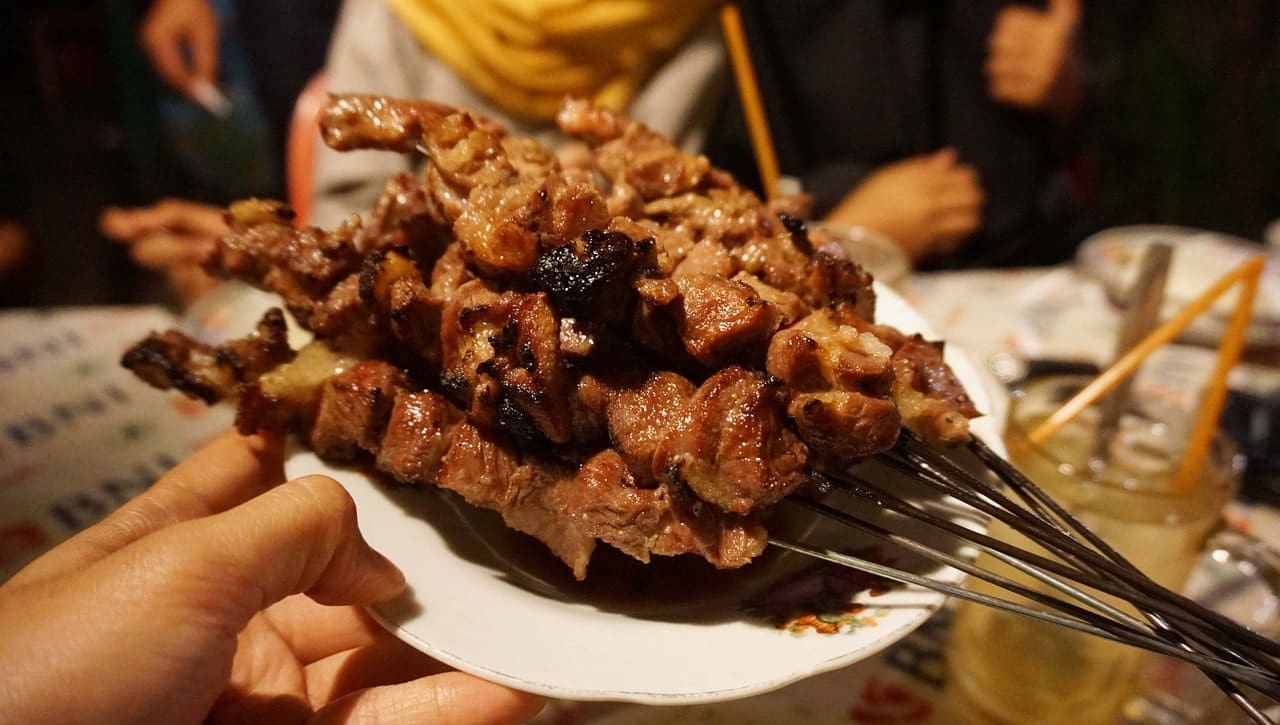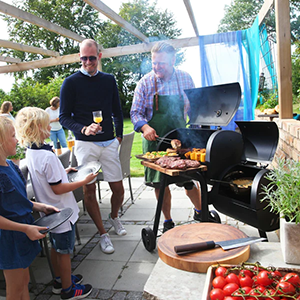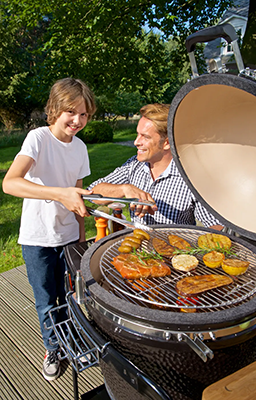Where do they all do barbecue?

Almost every nation in the world, as mentioned earlier, has a tradition of food preparation closely associated with barbecue. Only it often has a different name. For example, in Mexico you come across the concept of barbecoa. Indeed, the Spanish translation for the native word from which barbecue is derived. Barbecoa is slow-barbecued pork cut into wafer-thin slices, served on warm corn tortillas, along with onion rings, cilantro (cilantro) and lime juice, and served with spicy salsa sauce.

Churrasco is the South American version of barbecue in which small pieces of meat are grilled on skewers and larger pieces, such as the Picanha (rump steak) are slowly cooked over a spit. Especially in Argentina, Uruguay and Brazil, major meat exporting countries, barbecue is immensely popular.
In South Africa, a barbecue is called a Braai. Heritage Day, a national holiday in that country, is also known as National Braai Day and boerewors (type of fresh sausage) is invariably on the menu then.
Australians call their barbecue a Barbie and it is brought out at the drop of a hat. In relation to barbecue, the Aussies are best known internationally for the phrase “I’ll slip an extra shrimp on the barbie for you,” which comes from an old TV commercial for the Down Under tourist bureau starring actor Paul Hogan (known for the Crocodile Dundee films). Australian barbecue is primarily grilling.

Dishes such as satay (Indonesia, Thailand), yakitori (Japanese), char siu (China) and bulgogi (South Korea), are typical examples of barbecue coming from Asian cuisine. By now also very well known to us is the kamado, which comes from Japan , a ceramic barbecue with which you can grill and barbecue as well as smoke.
For virtually all nomadic peoples, barbecue was (is) part of a primary method of food preparation. The Mongols of Central and East Asia are no exception, but Mongolian Barbecue has little to do with barbecue and certainly nothing to do with Mongolia. The concept was developed in 1951 by Chinese Wu Zhaonan, who fled to Taiwan during the Chinese Civil War. At Mongolian barbecue, customers choose their own bowl of fresh ingredients (thinly sliced pieces of meat, fish, vegetables) and give it to the cook who then prepares the food at lightning speed over a boiling hot grill (300° C). In the Netherlands, the phenomenon is best known for Chinese wok restaurants.
In European countries in Schwenkbraten (Germany) a variant that stands out. Unlike a barbecue, the grid with the meat on it is not statically arranged, but is suspended by chains from a tripod. As a push is given to the grate, the grate gently swings back and forth over the heat source. To Russia we owe the shashlik, a dish consisting of skewers with marinated cubes of meat interspersed with pieces of vegetables such as onion, tomato and bell bell pepper, roasted over a barbecue.
A more or less similar dish is kebab eaten all over the Middle East and Turkey called souvlaki in Greek. Usually kebabs are prepared over a “mangal,” a movable grill.







